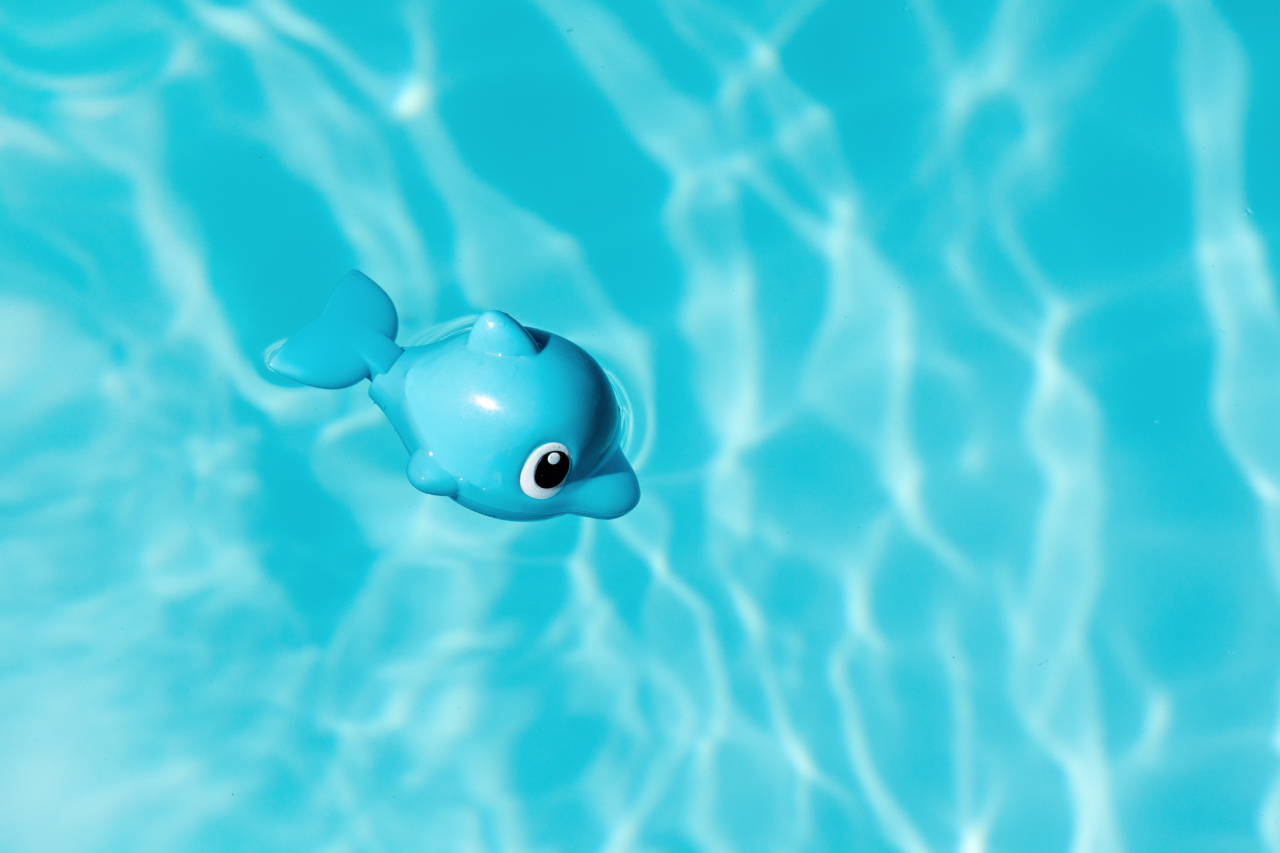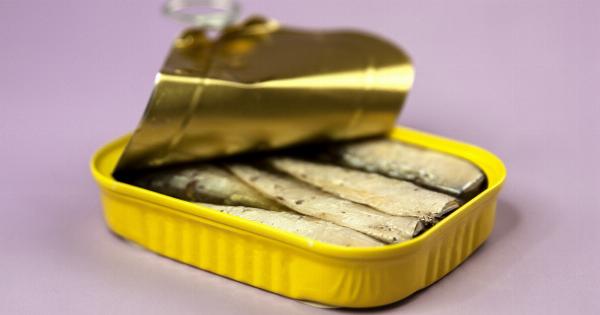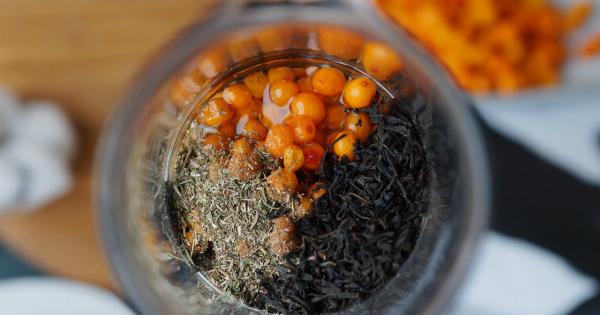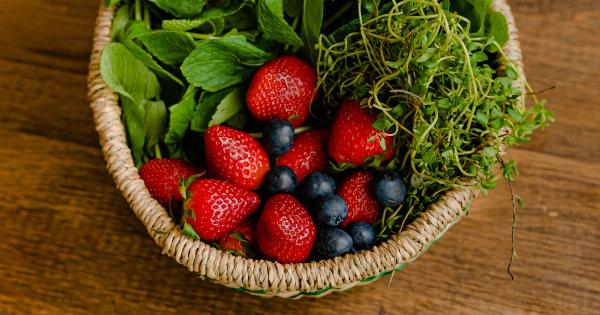Canned fish is often a convenient and affordable option for people looking for a quick and easy meal. However, not all canned fish options are created equal.
Some brands and varieties may contain harmful chemicals, high levels of mercury, or unsustainable fishing practices. Here are 30 canned fish options to steer clear of:.
1. Tuna
Tuna should be consumed in moderation due to its high levels of mercury. Some canned tuna brands have been found to contain levels of mercury that exceed the recommended limit for consumption.
It is important to choose sustainably caught tuna that is lower in mercury.
2. Swordfish
Swordfish are also high in mercury and should be consumed in moderation. They are also often caught using unsustainable fishing practices, which can harm other marine species and the environment.
3. Shark
Like swordfish, shark is high in mercury and also often caught using unsustainable fishing practices. It is best to avoid canned shark altogether.
4. King Mackerel
King mackerel are another fish species that is high in mercury and should be consumed in moderation. They are often caught using methods that harm other marine species.
5. Imported Canned Tuna
Imported canned tuna is often the most questionable, as some countries have lower safety and environmental standards than others. It is best to stick with domestically caught and packaged tuna.
6. Canned Salmon with Added Color
Some canned salmon products have added color to enhance their appearance. This is often done using artificial colorings that can be harmful to human health.
7. Canned Salmon with Bones
Canned salmon with bones may contain higher levels of calcium, but they also increase the risk of choking. It is best to choose boneless canned salmon options.
8. Canned Smoked Oysters
Smoked oysters can contain high levels of sodium and artificial flavors. It is best to choose fresh oysters over canned versions.
9. Canned Shrimp
Canned shrimp may contain added preservatives and artificial colors. It is often best to choose fresh or frozen shrimp that are sustainably caught.
10. Canned Crab
Canned crab is often made from imported, lower quality crab meat. It is best to choose fresh or frozen crab that is domestically caught.
11. Anchovies in Oil
Anchovies in oil can contain high levels of sodium and other preservatives. It is best to choose low-sodium, oil-free canned anchovies.
12. Canned Sardines in Oil
Similar to anchovies, sardines in oil can contain high levels of sodium and other preservatives. It is best to choose low-sodium, oil-free canned sardines.
13. Canned Tuna Salad
Canned tuna salad often contains high levels of sodium and added sugars. It is best to make your own tuna salad using fresh ingredients.
14. Canned Tuna with Mayonnaise
Canned tuna with added mayonnaise can also contain high levels of sodium and added sugars. It is best to make your own tuna salad using fresh ingredients.
15. Canned Tuna with Flavors
Canned tuna with added flavors can contain artificial ingredients and high levels of sodium. It is best to choose plain canned tuna and add your own flavors using fresh herbs and spices.
16. Canned Clams in Oil
Canned clams in oil often contain higher levels of sodium and preservatives. It is best to choose canned clams packed in water or buy fresh clams and cook them yourself.
17. Canned Mussels
Canned mussels may contain added preservatives and artificial flavors. It is best to choose fresh or frozen mussels and cook them yourself.
18. Canned Octopus
Canned octopus may contain high levels of sodium and added preservatives. It is best to choose fresh or frozen octopus and cook it yourself.
19. Canned Lobster
Canned lobster is often made from lower quality parts of the lobster and may contain added preservatives. It is best to choose fresh or frozen lobster and cook it yourself.
20. Canned Tuna in Soybean Oil
Tuna in soybean oil is often higher in calories and saturated fats than other canned tuna options. It is best to choose tuna packed in oil that is lower in saturated fats.
21. Canned Tuna in Vegetable Oil
Similar to tuna in soybean oil, tuna in vegetable oil may be higher in calories and less healthy than other tuna options. It is best to choose tuna packed in water or broth.
22. Canned Tuna in Brine
Canned tuna in brine can be high in sodium, especially if the brine is not rinsed off before eating. It is best to choose canned tuna packed in water or broth.
23. Canned Anchovy Paste
Anchovy paste can contain high levels of sodium and artificial flavors. It is best to use fresh anchovies or canned anchovies packed in water.
24. Canned Crab Cakes
Canned crab cakes are often made from lower quality crab meat and may contain added preservatives and unhealthy fats. It is best to make your own crab cakes using fresh ingredients.
25. Canned Lobster Bisque
Canned lobster bisque is often high in sodium and unhealthy fats. It is best to make your own bisque using fresh, high-quality ingredients.
26. Canned Shrimp Scampi
Canned shrimp scampi may contain added preservatives, high levels of sodium, and unhealthy fats. It is best to make your own shrimp scampi using fresh ingredients.
27. Canned Scallop Chowder
Canned scallop chowder is often high in sodium and unhealthy fats. It is best to make your own chowder using fresh, high-quality ingredients.
28. Canned Tuna Casserole
Canned tuna casserole often contains high levels of sodium and added sugars. It is best to make your own casserole using fresh ingredients.
29. Canned Tuna with Rice
Canned tuna with rice may contain added preservatives and high levels of sodium. It is best to make your own tuna and rice dish using fresh ingredients.
30. Canned Fish Fillets
Canned fish fillets are often made from lower quality fish and may contain added preservatives and high levels of sodium. It is best to choose fresh or high-quality frozen fish and cook it yourself.






























